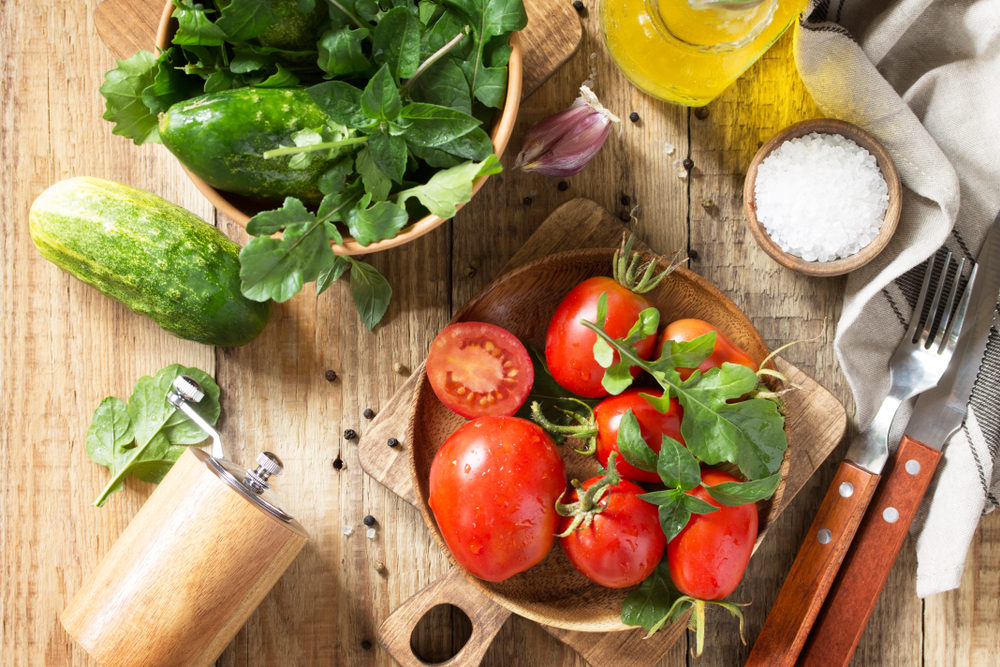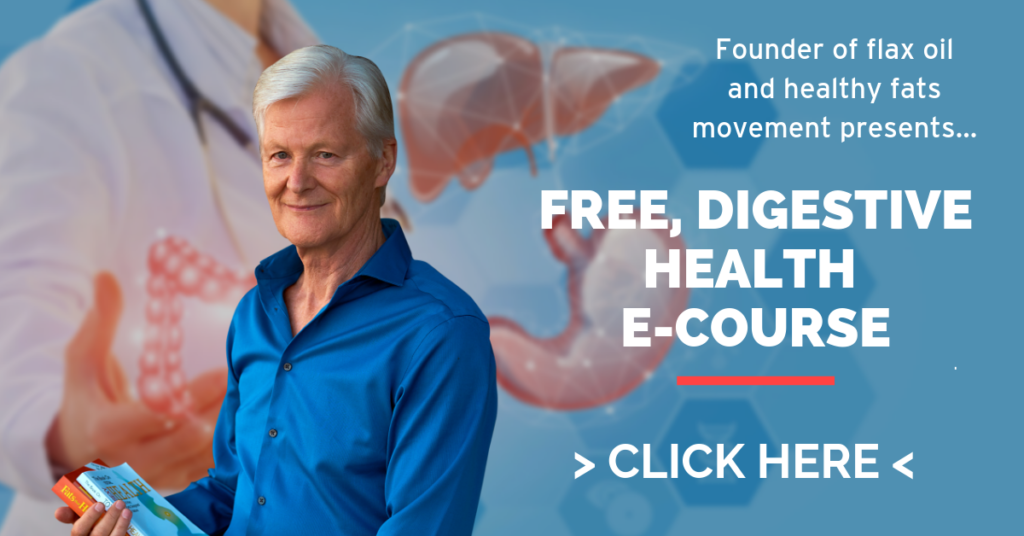Fitness, Food, and More, Part 3: Food, Etc.

In my last post, I talked about how discipline and follow-through are healthy. Now, here’s a trick to help your shape. In 30 minutes, you can eat more food than you need, and it takes 30 hours of exercise to burn off the excess. Be lazy. If you eat for only 20 minutes, you’ll not have to do those 30 hours of exercise. You’ll look and feel better if you stop eating before you’re so full that your tummy hurts. Eat only till your hunger is gone. Eat only what you need and what is good for you.
Leave processed foods on the shelf. Buy fresh whole foods. Eat them raw as much as possible. Emphasize plant-based whole foods, and take a vitamin B12 supplement. Eat more vegetables than fruit. Eat raw, unsalted, unroasted, soaked seeds and nuts. They supply you with protein and energy-rich fats and oils. Use only oils made with health in mind and rich in undamaged omega-3 balanced with undamaged omega-6. Get them in glass bottles, boxed and refrigerated in stores. Stop using oils to cook, fry, deep-fry or stir-fry. Cook foods in water. Add good oils to foods on your plate when you’re ready to eat them. Throw out your frying pan!

Exercise for fun, and to build strength and good shape. Do it because you can. Fall in love with making effort. Making effort and being active is natural.
Sunlight
Sunlight powers all cells, plants, animals and people on this planet. Sunlight provides almost all the energy that turns atoms into thousands of different molecules, which form the structure of the body of every creature.
Do you know that sunlight hangs out in bonds between atoms in molecules? When enzymes break down molecules, they free this stored sunlight to power the dance of chemical interactions in your cells to make other molecules. When you eat a so-called ‘fuel’ molecule (usually sugar/starch or fat/oil), life uses enzymes and oxygen to break down these fuels into water, carbon dioxide and energy. You pee out the water. You breathe out the carbon dioxide. The energy powers the work of your cells.
To complete this cycle, the sun’s energy empowers plants to turn your water and carbon dioxide into sugar, starch, fat/oil and oxygen again.
Sunlight penetrates the human body, and can be converted into useable energy if we eat enough greens. However, most of the energy that fulfills our internal and external needs comes from sunlight held (or stored) in plant molecules, including those that are our fossil fuels. Hydroelectric power also comes from sunlight, which evaporates ocean water and raises it into colder, higher altitudes, where it turns into clouds. Rain falls, and we then harness the water’s downhill flow back to the ocean.

In the process of photosynthesis, sunlight also energizes the production and release of free oxygen from its bondage in carbon dioxide and water, making that precious gas available for animals and us to breathe.
Gases in the atmosphere filter the sun’s light. Mostly the visible wavelengths, which we and other organisms need, reach Earth’s surface, along with some ultra-violet rays that can burn us. Remember, the sun is actually a huge nuclear furnace. Lucky for us, it’s 93 million miles away. Its nuclear energy and radioactive rays can potentially destroy our delicate biological molecules and harm us.
What else does sunlight do for you? Sunlight creates the weather that brings clouds and rain over land to quench plants’ thirst for it. Plants then grow and feed the animals as well. Sunlight and gravity create creeks, lakes and rivers. Sunlight creates each day for you to see. It hides behind the earth every night to let you sleep, rest and dream. Converted into heat on touching Earth, sunlight helps create wind, season and climate. In sunny places, you can harness sunlight directly for energy by means of solar cells. Falling on your skin, sunlight turns cholesterol into vitamin D. It also brings you a sense of general wellbeing. Lack of sunlight contributes to seasonal affective disorder. We truly are creatures of light.





